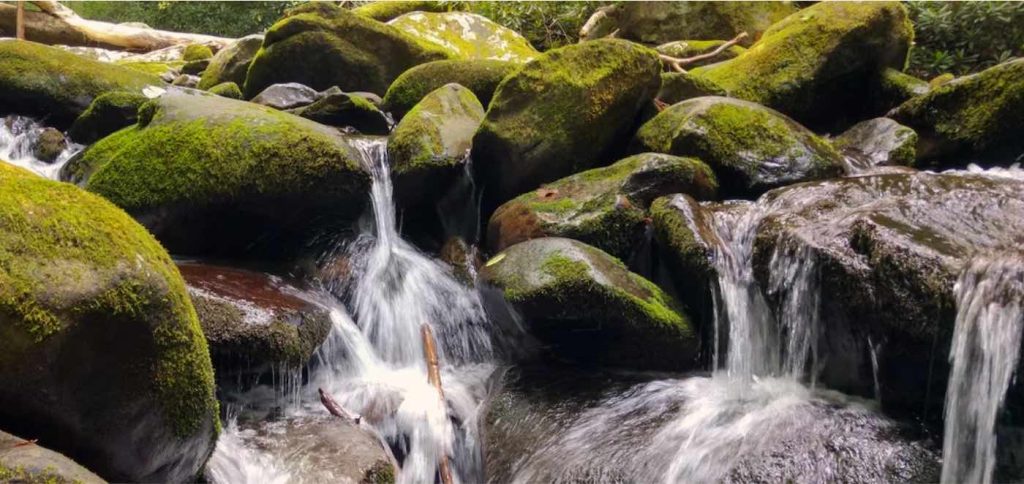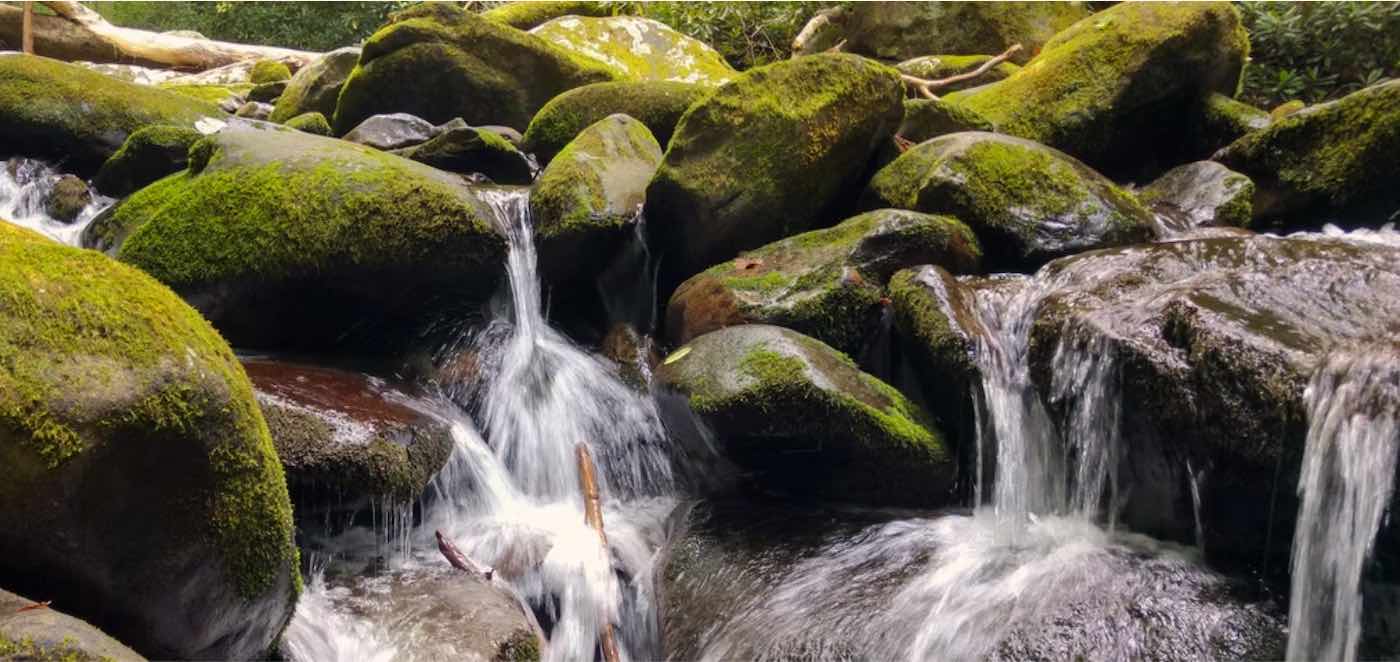
Spongy, uniquely green, and allegedly good with directions, Earth’s ubiquitous mosses are more important to ecosystems than they appear.
Found in at least 12,000 species living everywhere from snow-capped mountains to red-hot deserts, moss is the oldest living relative of all plants, but despite its age it seem to hold the key to many of our modern challenges.
In a study published in Nature this May, mossy soils were found to contain 6 times more carbon than soils—even healthy and rich ones, where mosses were not present.
“We were gobsmacked to find that mosses were doing all these amazing things,” David Eldridge, an ecologist at the University of New South Wales told Science Report.
Eldridge was part of a large survey that sampled mosses from 100 different sites worldwide in order to get an understanding of the impact of these little green balls and mats.
For starters, they estimated that mosses cover an area of the Earth about as big as China or Canada. Their little sprigs hold hundreds of tiny leaves, some just one cell thick, but they’re relatively simple organisms.
Mosses survive by absorbing water from the air. In dry climates, the edges crumble in and the moss appears to shrivel up and die.
“We’ve taken mosses out of a packet after 100 years, squirted them with water and watched them come to life,” said Eldrige. “Their cells don’t disintegrate like ordinary plants do.”
OTHER SUPERPLANTS: World’s Largest Seagrass Restoration Project is a Virginia Success, Planting 600 Acres That Grow to Become 9,000
What’s more, the team found that mosses are better than plants at storing nutrients like carbon, and they estimated that 6.43 billion metric tons of carbon are stored in mossy soils.
They also seem to keep a lid on plant pathogens. In soil samples where mosses were present, the pathogenic load was much less than in soils where mosses were absent.
MORE GARDENING NEWS: Gardening Could Help Reduce Cancer Risk, Boost Mental Health and Bring Communities Together
Their powers of resilience are indeed remarkable. In 1980, Mount Saint Helens erupted in the state of Washington. The eruption caused many plants in the area to die off. Mosses were some of the first plants to pop back up, preceded only by cyanobacteria like algae.
Moss can be tricky to grow and work with, but if one can harness its power, moss makes a great lawn, its thick mat of roots keeps the soil intact and moist underneath, improving the health of the earth and making for supreme weed control.
It’s a great example of how the web of life works and why respect for all living things is merited—because even small, simple, and primitive life has its role in helping an ecosystem stay healthy.
SHARE These Marvelous Moss Facts With Your Friends…




















